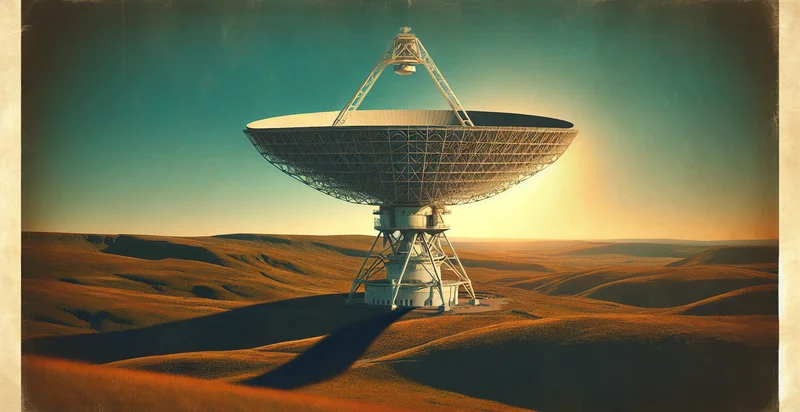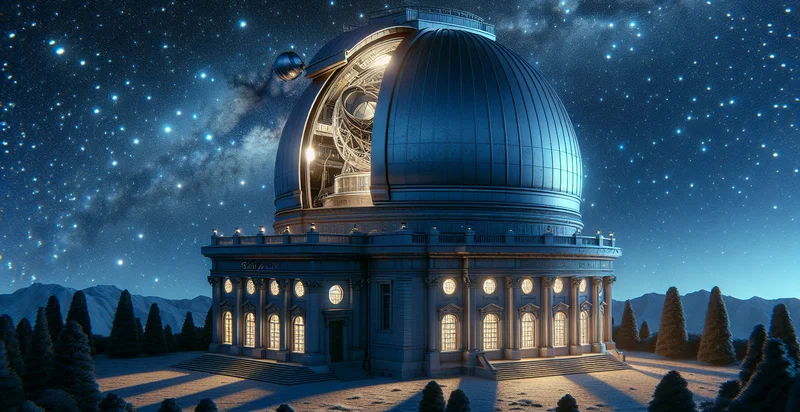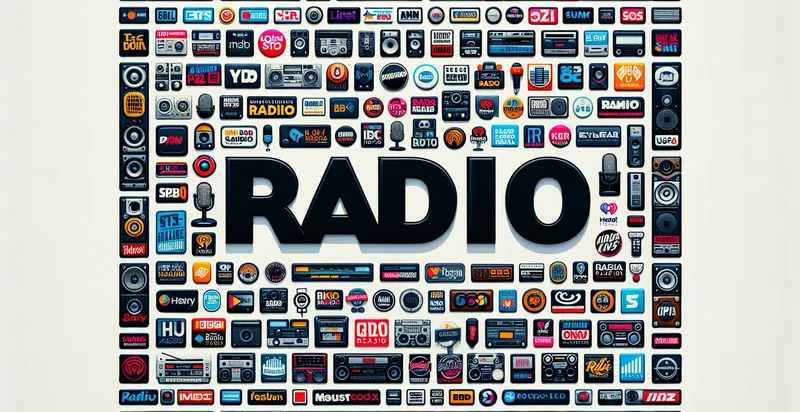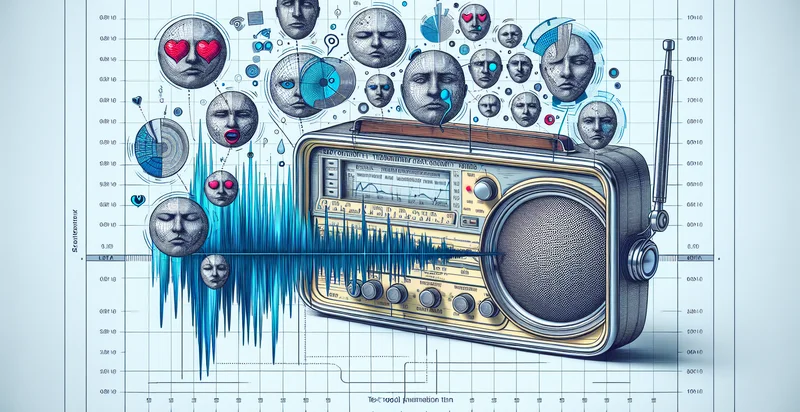Identify radio telescope
using AI
Below is a free classifier to identify radio telescope. Just upload your image, and our AI will predict what celestial object it is - in just seconds.

Contact us for API access
Or, use Nyckel to build highly-accurate custom classifiers in just minutes. No PhD required.
Get started
import nyckel
credentials = nyckel.Credentials("YOUR_CLIENT_ID", "YOUR_CLIENT_SECRET")
nyckel.invoke("radio-telescope", "your_image_url", credentials)
fetch('https://www.nyckel.com/v1/functions/radio-telescope/invoke', {
method: 'POST',
headers: {
'Authorization': 'Bearer ' + 'YOUR_BEARER_TOKEN',
'Content-Type': 'application/json',
},
body: JSON.stringify(
{"data": "your_image_url"}
)
})
.then(response => response.json())
.then(data => console.log(data));
curl -X POST \
-H "Content-Type: application/json" \
-H "Authorization: Bearer YOUR_BEARER_TOKEN" \
-d '{"data": "your_image_url"}' \
https://www.nyckel.com/v1/functions/radio-telescope/invoke
How this classifier works
To start, upload your image. Our AI tool will then predict what celestial object it is.
This pretrained image model uses a Nyckel-created dataset and has 20 labels, including Active Galactic Nuclei, Astronomical Observation, Cosmic Microwave Background, Cosmic Rays, Dark Matter Investigation, Deep Space Exploration, Exoplanet Detection, Fast Radio Bursts, Galactic Center and High-Energy Astrophysics.
We'll also show a confidence score (the higher the number, the more confident the AI model is around what celestial object it is).
Whether you're just curious or building radio telescope detection into your application, we hope our classifier proves helpful.
Related Classifiers
Need to identify radio telescope at scale?
Get API or Zapier access to this classifier for free. It's perfect for:
- Astronomical Research Analysis: This function can help researchers quickly classify images captured by radio telescopes, distinguishing between natural astronomical phenomena and human-made interference. This accelerates the process of data analysis and allows scientists to focus on significant findings in their research.
- Satellite Communication Monitoring: The false image classification tool can assist in identifying and filtering out irrelevant signals in satellite communication data. By classifying and eliminating false images, operators can improve the efficiency and reliability of communication links.
- Space Mission Operations: During space missions, identifying false images from radio telescopes can enhance the safety and success of operations. Mission control can utilize this function to avoid misinterpreting images that may lead to incorrect navigation decisions or scientific miscalculations.
- Education and Training in Astrophysics: Educational institutions can integrate this classification function into their astrophysics curriculum, providing students with hands-on experience in image analysis. This practical application helps students learn to differentiate between valid and false data, better preparing them for future research roles.
- Automated Survey of Celestial Bodies: The radio telescope identifier can streamline the automated surveys of celestial bodies by classifying incoming data and highlighting anomalies. This leads to more efficient identification of new celestial objects, contributing to the broader field of astronomy.
- Quality Control in Data Collection: Organizations operating radio telescopes can implement this classification function for quality control in their data collection processes. By reducing the occurrence of false images, they can significantly enhance the integrity of their datasets for subsequent analysis.
- Real-time Anomaly Detection: In real-time applications, such as monitoring cosmic events, the false image classification function can detect and alert researchers about unusual or suspicious signals. By providing immediate feedback, it enables timely investigations into emerging astronomical phenomena or potential equipment issues.


